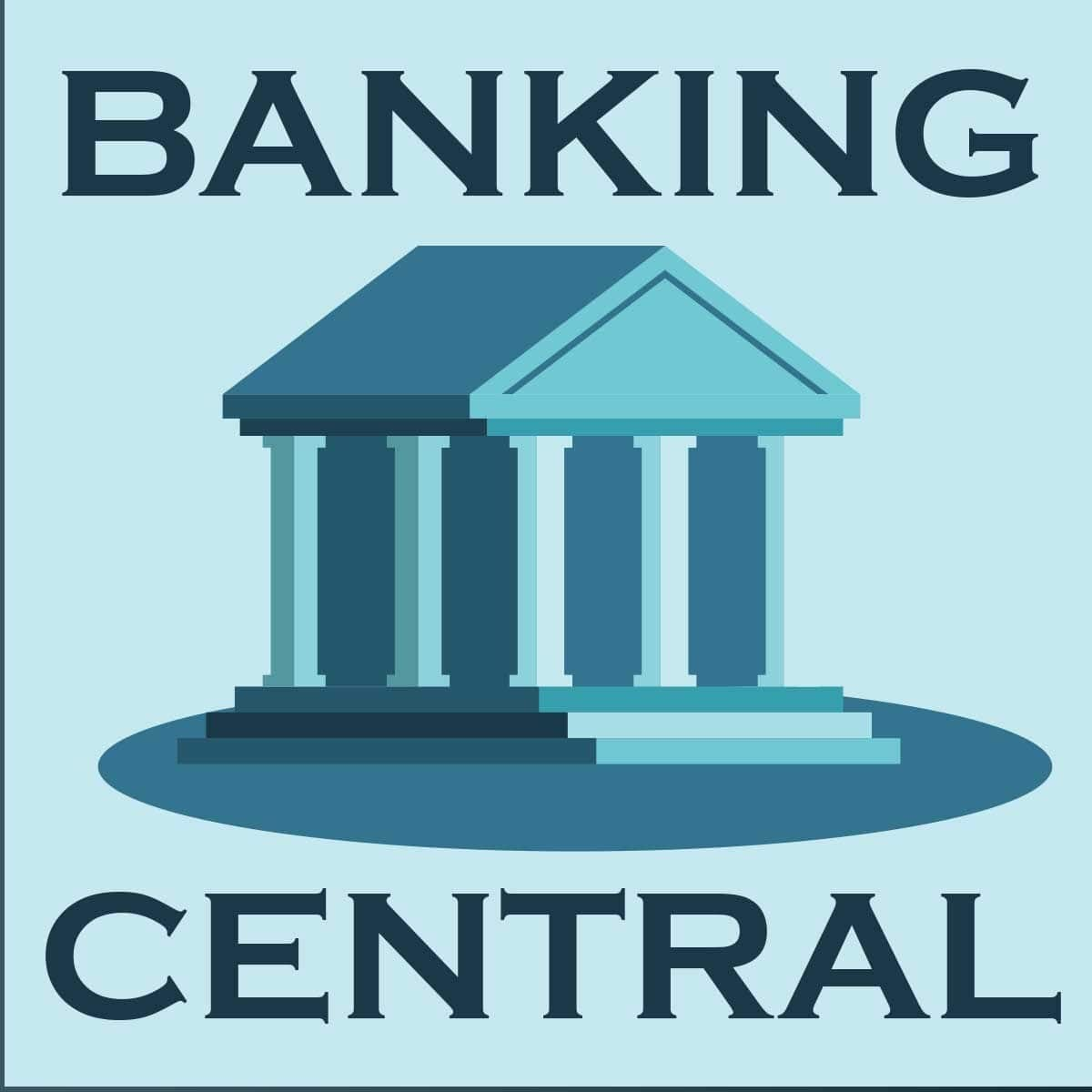



The Reserve Bank of India’s (RBI's) recent repo rate cut has set off a chain reaction, with major lenders like the Bank of Baroda (BoB) slashing their home loan interest rates to make borrowing more attractive.
BoB, a public sector heavyweight, last week brought its home loan rate down to a tempting 7.45 percent per annum, effective immediately, from 7.50 percent earlier in June, which itself was a reduction from 8 percent.
To sweeten the deal, the bank has waived processing fees, signalling a clear intent to woo homebuyers and drive credit growth. Other banks have also cut lending rates in the recent past, aligning with the RBI’s dovish stance.
For instance, the State Bank of India (SBI) lowered its rates to 7.55 percent for select borrowers, while HDFC Bank trimmed its rates to around 7.6 per cent, offering attractive schemes for salaried professionals. ICICI Bank and Punjab National Bank have followed suit, with rates starting at 7.65 and 7.5 percent, respectively, alongside promotional offers like reduced processing fees.
These moves reflect a broader trend among banks to pass on the RBI’s rate cut benefits to customers, aiming to stimulate housing demand and drive credit growth in a price-sensitive market.
But the big question is: will lower rates translate into a surge in credit, or are deeper currents at play that could dampen the impact?
Lower interest rates are, in theory, a shot in the arm for credit demand. For the average Indian homebuyer, a drop from 8 to 7.45 percent on a home loan can shave a significant chunk of EMI payments over the loan tenure.
For instance, on a Rs 50 lakh loan with a 20-year repayment period, this rate cut could reduce EMIs by roughly Rs 2,000-3,000, making homeownership feel more within reach. This is particularly relevant in a market where real estate prices in urban centres like Mumbai, Bengaluru, and Delhi have been climbing steadily, pushing affordability to the edge for many middle-class families.
 Banking Central
Banking Central
However, the link between lower rates and credit growth isn’t always straightforward. While cheaper loans are enticing, several factors could temper their impact. For one, consumer sentiment remains cautious.
Inflation, though moderated, still looms large in the minds of Indian households, with the rising cost of essentials eating into disposable incomes. Job market uncertainties, particularly in sectors like IT and manufacturing, could make potential borrowers hesitant to commit to long-term liabilities like home loans, even at lower rates.
Add to that the fact that real estate markets in many cities are grappling with oversupply in certain segments and sluggish sales in others, which could limit the appetite for new homes purchases. If demand for homes doesn’t pick up, the ripple effect on credit growth could be muted.
Another piece of the puzzle is the broader economic context. RBI’s rate cut signals a shift towards supporting growth, but credit growth doesn’t happen in a vacuum.
Non-performing assets (NPAs) in the banking sector, though reduced in recent years, still cast a shadow, making banks cautious about aggressive lending. While public sector banks like BoB are under pressure to boost credit offtake, they’re also balancing asset quality concerns.
On the flip side, private banks, which have also trimmed their home loan rates, might be more agile in capitalising on this opportunity, potentially outpacing their public sector counterparts in credit expansion. Competition among banks could heat up, benefitting borrowers, but it’s unclear if this will translate into a broad-based credit boom across the sector.
The housing sector’s linkage with other industries such as construction, cement, steel, and more means that a revival in home loan demand could have a multiplier effect on the economy. But for credit growth to truly take off, other pieces need to fall into place: stable real estate prices, sustained income growth, and a broader economic recovery that boosts consumer confidence. Without these, lower rates might just be a temporary sweetener rather than a game-changer.
(Banking Central is a weekly column that keeps a close watch on and connects the dots regarding the sector's most important events for readers.)
Discover the latest Business News, Sensex, and Nifty updates. Obtain Personal Finance insights, tax queries, and expert opinions on Moneycontrol or download the Moneycontrol App to stay updated!
Find the best of Al News in one place, specially curated for you every weekend.
Stay on top of the latest tech trends and biggest startup news.